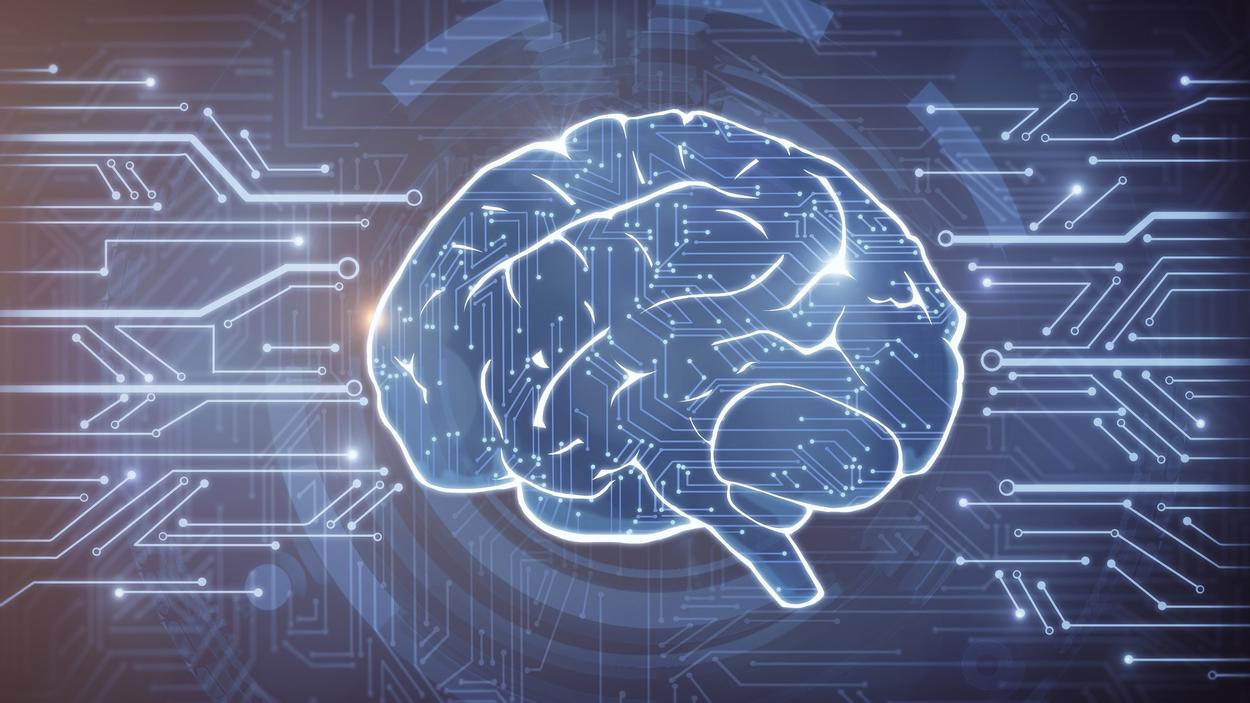
Not so long ago
, an article was
published on Geektimes about the activities of the Nectome company, which announced its intention to keep the brain of its customers for digitization in the distant (or not so) future. Experts doubt that this is possible, but there are supporters of this approach.
At the very beginning of April, the Brain Preservation Foundation (BPF) announced its intention to deliver a prize for research into the digitization of the human brain to a research group of cryobiologists led by Robert McIntyre. The same group of researchers won another prize two years ago. MacIntyre is just the founder of the startup Nectome, which was mentioned in that very article on Geektimes.
Information about the company and its work has spread to many sites, and most publications stated that in order to "digitize the mind" of a client, a company must first be killed. Moreover, the fee for the procedure of freezing and (possibly) digitization is about $ 10,000. But in fact, the murder is not talking.
The procedure, which is known as “aldehyde-stabilized cryopreservation (ASA)”, is necessary to preserve the “connectome”, that is, the integral structure of the brain. With its digitization, as some experts believe,
it will be
possible to transfer the consciousness and knowledge of a person into a virtual environment, that is, to create a personality.
A supporter of this point of view (without mentioning cryopreservation) was Stephen Hawking. He stated the following: "There is a theoretical possibility to copy the human brain using a computer, providing some form of life after death." True, he also said that at the moment humanity does not have such capabilities.
By the way, the first “pioneers of cryopreservation” were Linda Chamberlain and her husband Fred Chamberlain. They founded the company
Alcor Life Extension Foundation in 1972. At the moment, it is the largest company that offers freezing services to the bodies of its clients for the revival of them in the future.
Fred Chamberlain used the services of his own company in 2012. “This is probably the last email you get from me. See you in the future !!! ..
Aldehyde-stabilized cryopreservation includes two stages. The first is the fixation of brain cells and the second is the “glazing” of the whole organ. The first stage is performed using glutaraldehyde, which fixes the synapses, preventing the bonds from disintegrating. Then ethylene glycol is used to turn the brain into a glassy mass that can withstand being in an ultralow temperature without storage damage to nerve endings.
The ASC is positioned by advocates of the method as the next-generation cryonics. Also this method is considered to be the most suitable for preserving the brain of a human or animal for the purpose of further digitization. Since the synapses are preserved, that during digitization it is possible to restore both the human consciousness and all of his knowledge and emotions at the time of freezing.
Modern cryocompanies offer two types of human preservation for the future life. The first is just the preservation of connectomes for the purpose of further digitization. The second is the preservation of the whole body and brain in a form that provides revitalization in physical form, not digital. That the first method, that the second makes possible the continuation of "life after death" only in the distant future. At the moment, mankind does not have the technology to defrost a person, nor to digitize the brain.
Eric Drexler, author of the book “Engines of Creation”, believed that even chemically fixed nerve cells of the brain could be restored in the future with the help of nanorobots. This assumption he made in 1986. So far, humankind has no such systems, but nothing prevents their appearance in the future. By the way, fixation allows you to save the brain and without freezing, however, for quite a limited time - a year or two. Storage is also possible at room temperature.
If technologies are improved, one can imagine that the shelf life will increase significantly, so that freezing will not be needed at all. And the point of view has already emerged that chemical fixation must be used before actual brain death in order to preserve the structure of a living organ, and consequently, of human consciousness. It is clear that all these manipulations must be carried out with the full consent of the person planning to save himself for future generations.
All this is contrary to many ethical and medical standards, so the consent of the regulators to conduct the appropriate manipulations of the proponents of "live fixation" will not get soon.
The company Nectome is currently continuing to explore the possibilities of preserving the human brain, both with and without freezing. The same “glazing” is a great way to get an intact brain to study, but for the time being it is not known for sure whether it is possible with this technology to actually save and then digitize human consciousness.

